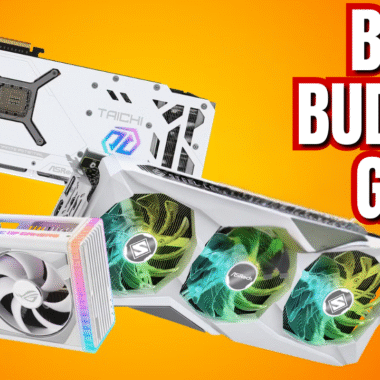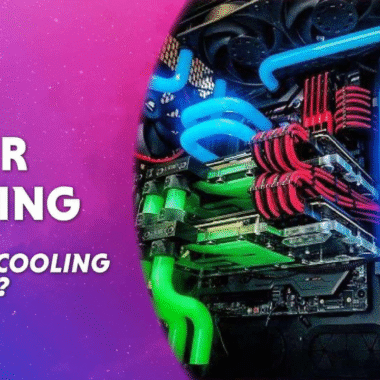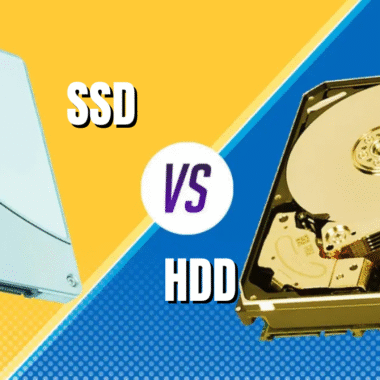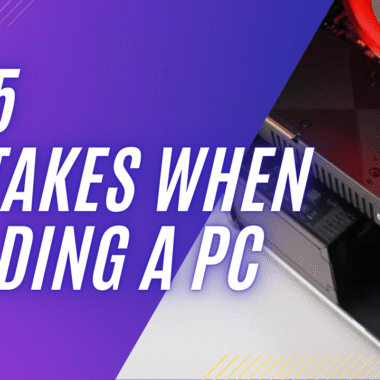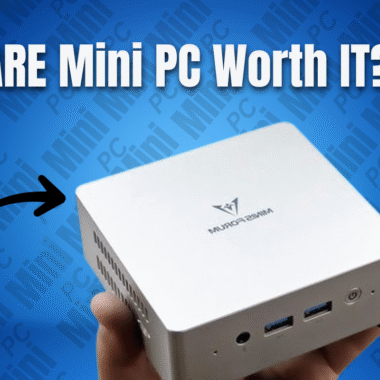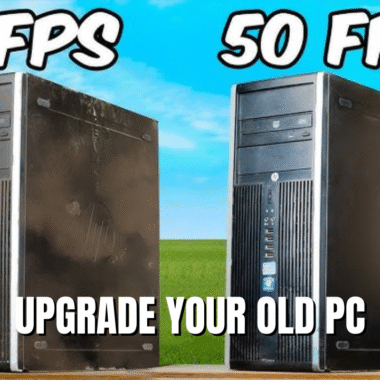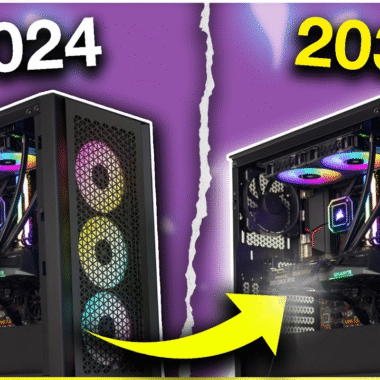Powerful PCs often come with one problem — noise and heat.
Whether you’re gaming, editing videos, or working late at night, a noisy PC fan can be distracting, and high temperatures can throttle performance.
But in 2025, you can build a powerful, silent, and cool PC setup — if you choose your components wisely.
Let’s break down how to do it step by step, with real examples and practical tips from A2Z Computech.
🔧 1. Start with a Well-Ventilated Case
Your PC case plays the biggest role in keeping your setup cool and quiet.
Look for a case with good airflow design, sound-dampening panels, and space for multiple fans or radiators.
✅ Recommended Case Features:
- Front mesh panel for airflow
- Built-in dust filters
- Support for 140mm fans or liquid cooling radiators
- Sound-absorbing material on side panels
💡 Example: A mid-tower case like the Cooler Master NR600 or Fractal Design Define 7 offers excellent airflow and sound insulation — ideal for silent builds.
🌀 2. Choose High-Quality, Low-Noise Fans
The right fans can make your PC both cooler and quieter.
Go for large 140mm fans instead of smaller 120mm ones — they push more air at lower RPM, which means less noise.
✅ Fan Tips:
- Look for Fluid Dynamic Bearing (FDB) or Magnetic Levitation fans — they last longer and stay quiet.
- Use PWM fans (4-pin connectors) for automatic speed control.
- Avoid running fans at full speed all the time; use fan curves in BIOS or software.
💡 Example: A setup with 3 front intake fans and 1 rear exhaust maintains smooth airflow with minimal noise.
💧 3. Pick the Right Cooling System (Air or Liquid)
Cooling is key to silence. You can go with air cooling or liquid cooling, depending on your performance needs.
🔸 Air Cooling:
Modern air coolers are incredibly quiet if chosen right.
A large tower cooler with dual fans can easily handle high-end CPUs while staying whisper-quiet.
Example:
A be quiet! Dark Rock 5 or Noctua NH-U12A keeps CPUs like Ryzen 7 7800X3D under 70°C — with almost no noise.
🔸 Liquid Cooling:
If you want aesthetics and lower temps, AIO (All-in-One) liquid coolers are a great option.
Just make sure to pick one with a low pump noise and anti-vibration mounts.
Example:
A 240mm or 360mm AIO cooler from DeepCool or Corsair can handle Intel i9 CPUs efficiently while maintaining silence under light loads.
✅ Pro Tip:
Set your fan curve so fans ramp up only when temperatures cross 70°C. This keeps the system silent during normal use.
⚙️ 4. Use a Silent Power Supply (PSU)
Your power supply can also contribute to unwanted noise.
Choose a semi-passive PSU, where the fan stays off until it reaches higher loads.
✅ PSU Checklist:
- 80+ Gold or Platinum rated for efficiency
- Zero RPM Mode for silent operation
- Good cable management for airflow
💡 Example:
A Corsair RM850x or Seasonic Focus GX-750 runs fanless under light use, keeping your build silent while working or browsing.
🔇 5. Select a Quiet GPU
GPUs can be the loudest part of your system — especially under load.
In 2025, most modern GPUs come with smart fan stop technology, meaning the fans only spin when needed.
✅ GPU Cooling Tips:
- Choose cards with dual or triple fans and large heatsinks.
- Avoid blower-style GPUs; they’re compact but noisy.
- Use undervolting to reduce temperature and fan noise without losing performance.
💡 Example:
An NVIDIA RTX 4070 Super with a triple-fan cooler stays under 65°C and runs whisper-quiet — perfect for silent gaming setups.
🧩 6. Go for Efficient Components
High-efficiency parts generate less heat and need less cooling.
That means lower fan speeds — and a quieter PC.
✅ Smart Component Choices:
- Choose CPUs with lower TDP (like Ryzen 7 7800X3D or Intel i7-14700).
- Use NVMe SSDs instead of mechanical HDDs — no moving parts = no noise.
- Opt for GPUs with advanced cooling designs and efficient power draw.
💡 Example:
Replacing a mechanical hard drive with a 1TB NVMe SSD not only speeds up your system but also eliminates vibration noise completely.
🌡️ 7. Optimize Airflow Direction
Proper airflow can make or break your thermal performance.
Think of your case like a tunnel — cool air enters from the front/bottom and exits from the top/rear.
✅ Airflow Setup:
- Intake Fans: Front and bottom (pull cool air in)
- Exhaust Fans: Top and rear (push hot air out)
- Keep cables managed to avoid airflow blockage
💡 Example:
In a balanced setup, you’ll want slightly more intake than exhaust — this creates positive pressure, preventing dust from entering your system.
🧠 8. Soundproof Your Setup
If you want the ultimate silent PC, go one step further — soundproofing.
✅ Quick Soundproofing Tricks:
- Add foam or rubber padding under the case.
- Use anti-vibration mounts for fans and hard drives.
- Place your PC on a desk mat or carpet instead of a hard surface.
💡 Example:
A PC with dampening panels and anti-vibration fan mounts can run at under 25 dB — quieter than a whisper.
🧰 9. Software Tweaks for Silence
Even after building a quiet system, smart tuning helps keep it that way.
✅ Software Tips:
- Use BIOS or apps like MSI Center or ASUS Fan Xpert to set custom fan curves.
- Enable “Zero RPM” modes in GPU software like MSI Afterburner.
- Keep your drivers and BIOS updated for efficient thermal control.
💡 Example:
Custom fan profiles that scale with temperature ensure your PC stays cool during games but silent during browsing or editing.
🏁 Conclusion
A silent and cool PC setup isn’t about expensive parts — it’s about smart choices.
With the right case, fans, and cooling setup, you can enjoy high performance without the noise.
Focus on:
- Good airflow design
- Quality cooling components
- Efficient, low-noise hardware
- Smart fan control
At A2Z Computech, we specialize in custom PC builds designed for both performance and silence — whether you’re a gamer, designer, or professional user.
Because in 2025, your PC shouldn’t sound like a jet engine — it should perform like one, quietly. 💻✨

